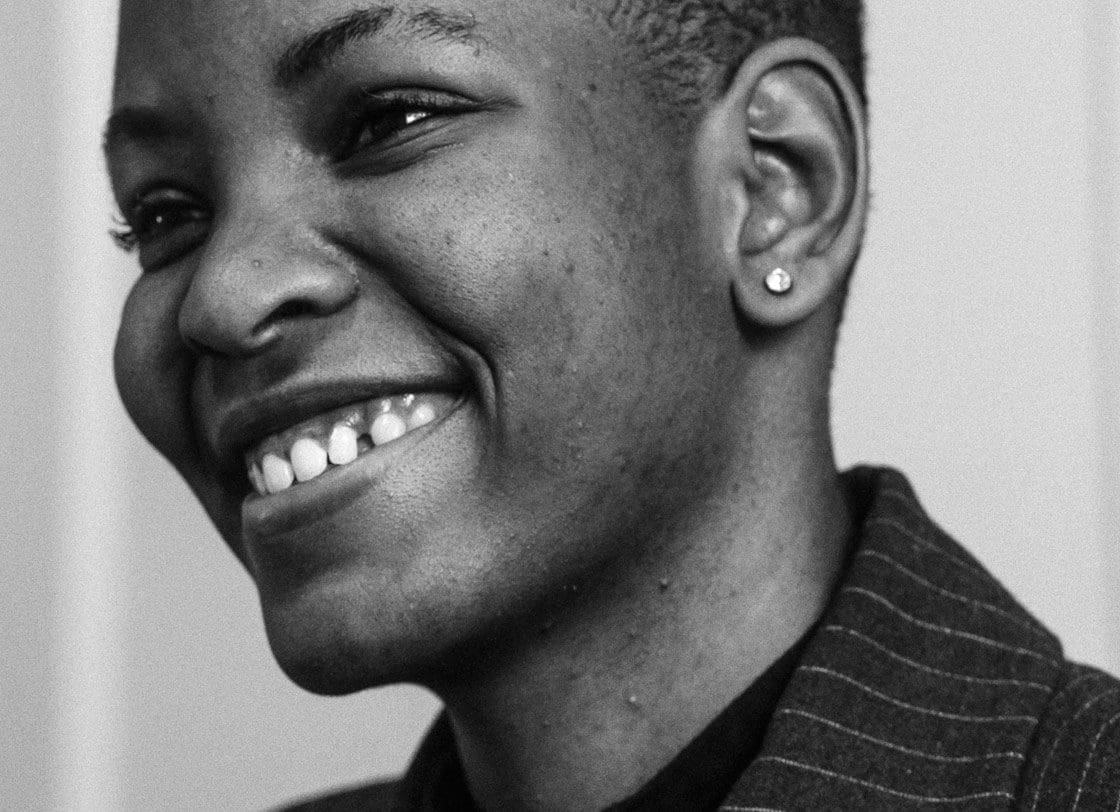Many people come to see our orthodontist because they are unhappy with their diastema or the appearance of their gappy teeth. From a health perspective, there is nothing wrong per se with gappy teeth but from a cosmetic point of view correcting a diastema and closing gaps between the teeth can be transformative, improving confidence and self-esteem.
Treatment of gappy teeth can usually be done with Invisalign clear aligners, clear ceramic braces or fixed metal braces and can be relatively straight forward. One of the biggest challenges with gappy teeth is that once the spaces are closed, there is a risk that the gaps will reopen later in life without careful management. It is therefore imperative that permanent retainers are considered an essential part of any treatment plan that involves closing spaces between your teeth.
Whatever your concern, your specialist orthodontist at Neyo will work with you to find the best treatment option to close the spaces between your teeth.
What is diastema?
A diastema refers to the presence of spacing between two teeth. A midline diastema is when the space is positioned between the front two teeth. Diastemas are also known as gappy teeth, spacing and spaced teeth.
Are diastemas common?
Gaps between baby teeth are completely normal during the development of the teeth. Once the permanent teeth have all come through, the gaps should be eliminated, however it is very common to have residual spaces between the adult for a number of reasons.
What causes diastema?
Spacing between the teeth will occur if there is a discrepancy between the size of the jaws and the size of the teeth. Some people have small teeth (known as microdontia), and this condition is usually accompanied by spacing. If the teeth are all normal size, then the spacing may be due to larger than average jaws.
The upper lateral incisors commonly fail to develop fully (peg lateral or diminutive lateral incisors), and this can lead to spacing in around the front teeth.
Hypodontia is the congenital absence of one or more teeth. It is common, affecting 2-3% of the population. Hypodontia is another common cause of spacing between the teeth.
Sometimes, gaps can appear between the front teeth over time. This splaying out of the front teeth can be consequence of gum disease, where the bone housing the teeth starts to recede. With less bone support, the teeth start drifting and gaps might start to appear. Smoking and poor oral hygiene are the biggest risk factors associated with gum disease.
The labial frenum is the tissue that attached the lip to the gums. In the upper arch, a prominent labial frenum can sit between the central incisors, causing a gap between the teeth. In some instance a surgical procedure called a frenectomy may be recommended if the frenum is causing any problems. Historically, a frenectomy was performed to allow stable space closure, however we now know that it is possible to close the gap without a frenectomy and the necessity of a frenectomy should be carefully considered.
What happen if you don’t treat gappy teeth?
Gappy teeth present no real health concerns and in most instances correction can be considered a cosmetic procedure. That being said, gappy teeth can affect confidence and self esteem and if you are self-conscious about your gappy teeth, you should seriously consider orthodontic treatment to close the spaces.
If the gaps are getting bigger or started to develop in adulthood, a consultation is strongly recommended to check for gum disease as a potential cause.
What can be done to fix gappy teeth?
Closing gaps between teeth is a procedure commonly undertaken by specialist orthodontists. There are several treatment options available to suit your requirements. An important consideration is how the teeth will be retained after treatment because gaps can be prone to reopening without careful planning. Bonded retainers are advisable where possible.
Can Invisalign be used to correct gappy teeth?
Invisalign clear aligner can be used successfully to close gaps between the teeth.
At what age should gappy teeth be treated?
Gaps between teeth in early childhood should be considered a normal developmental stage and treatment should not be started until the permanent teeth have all come through, usually around the age of 11 or 12. However, an assessment with your orthodontist is recommended to check for missing teeth, impacted teeth or other orthodontic problems.
Once the permanent teeth are through, gaps can be closed at any age, including in adulthood.








